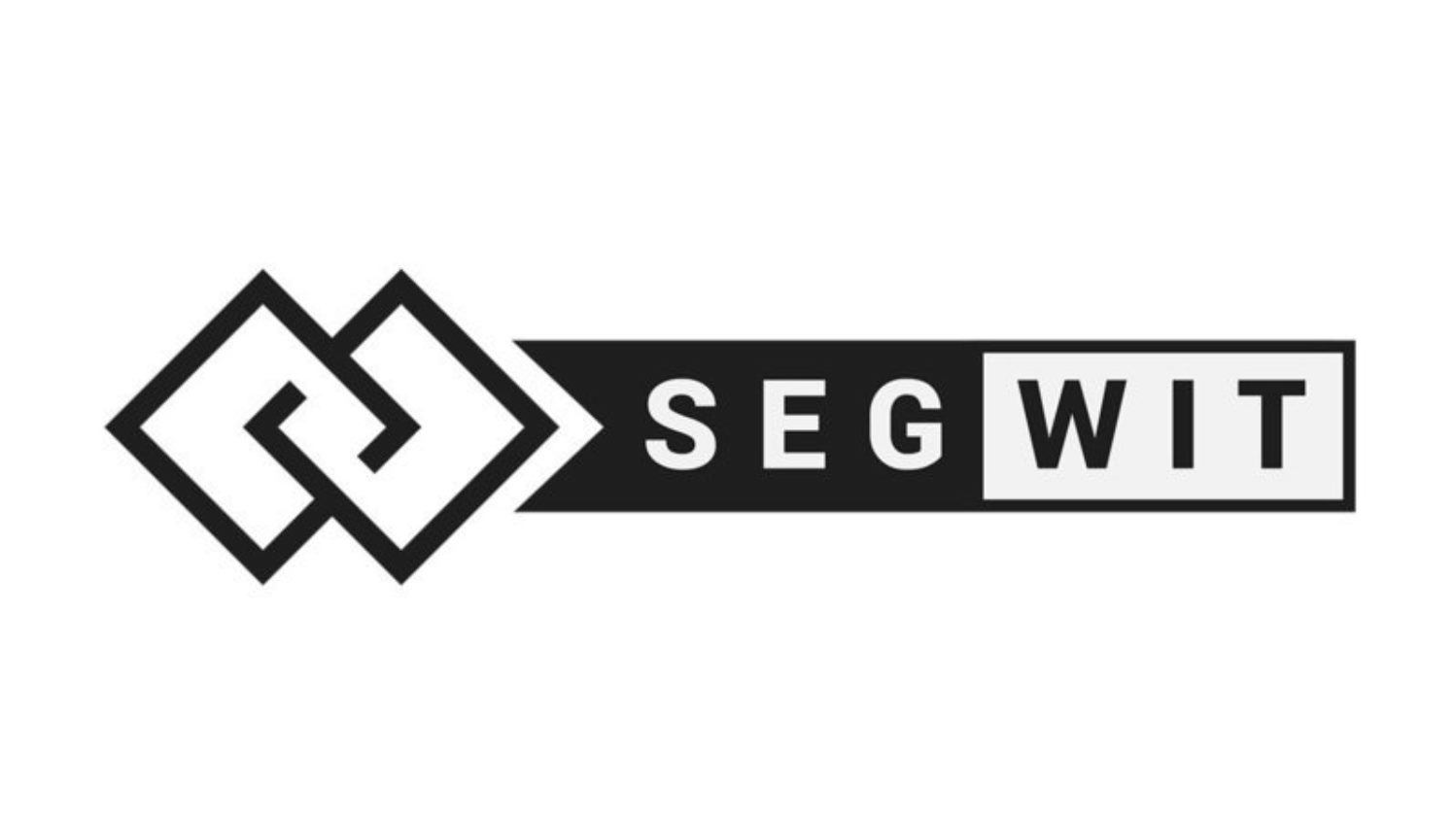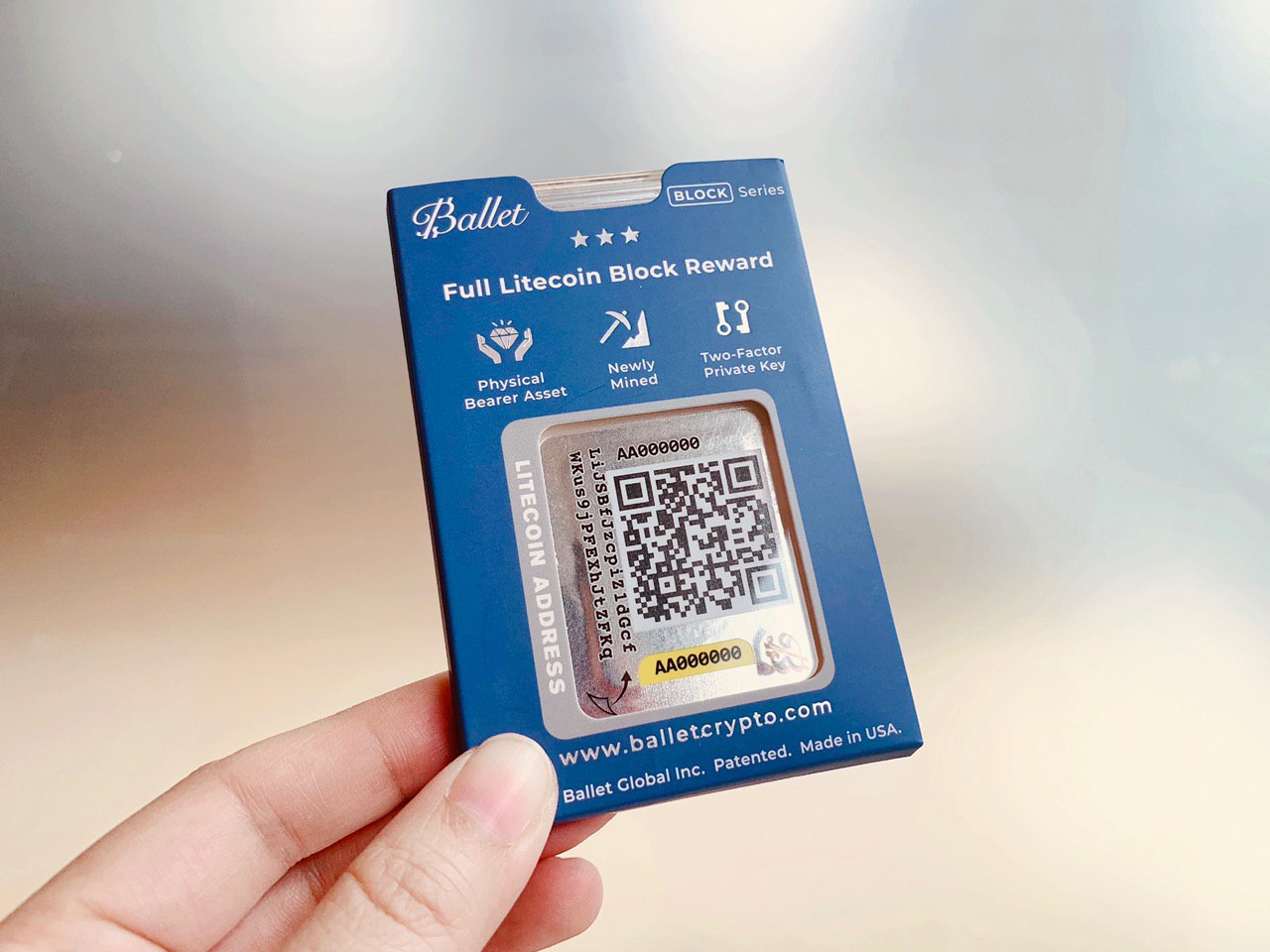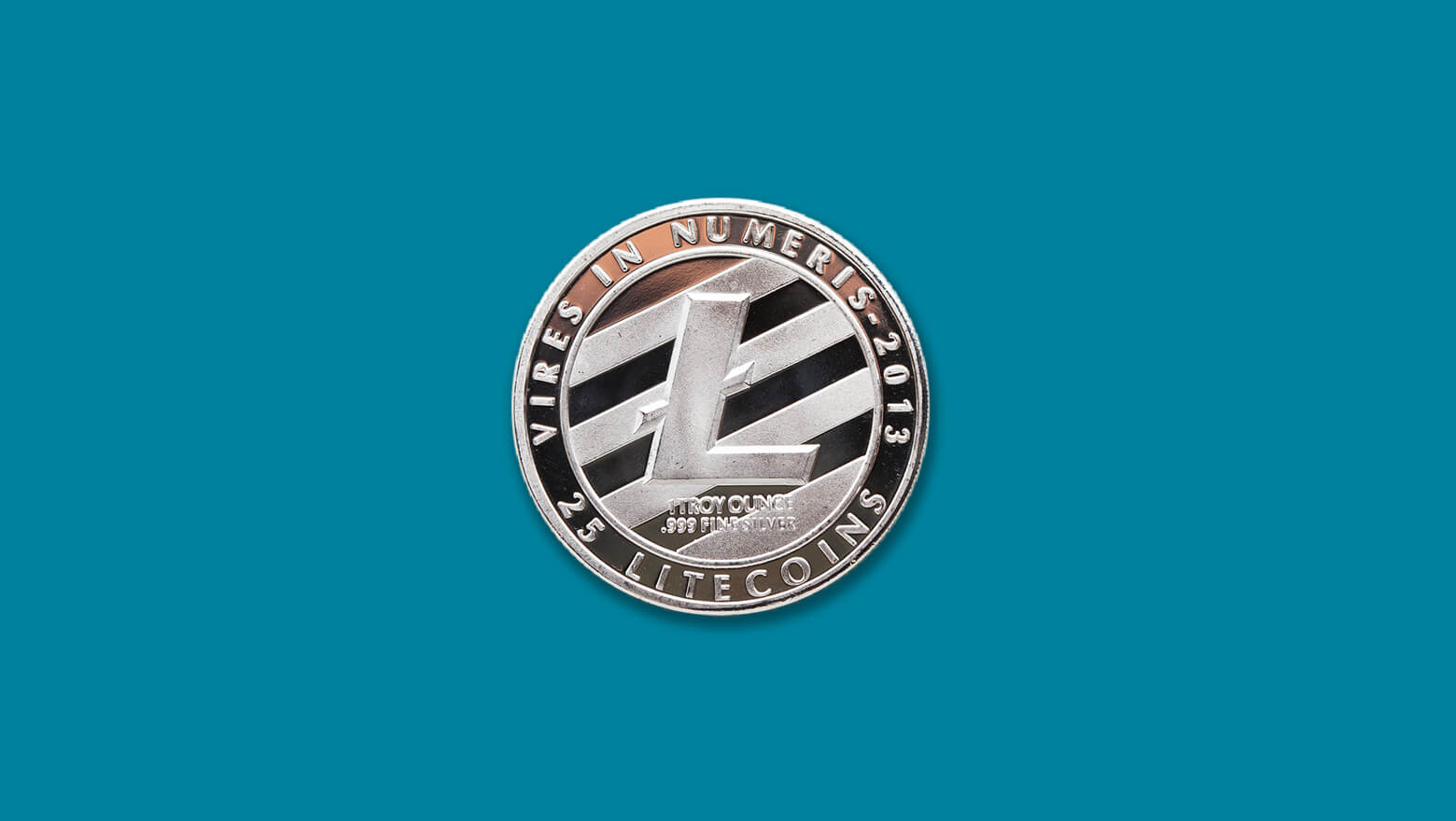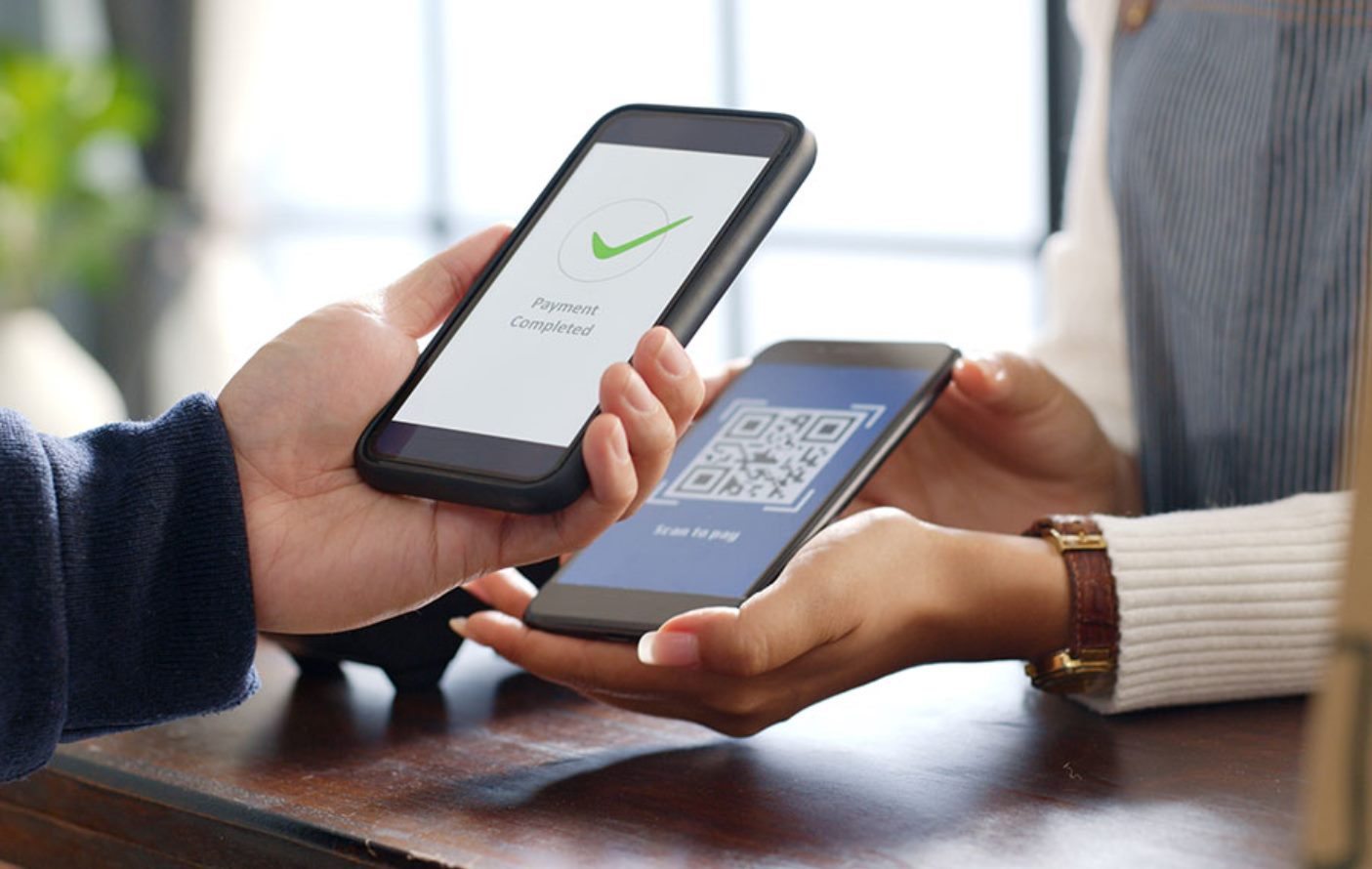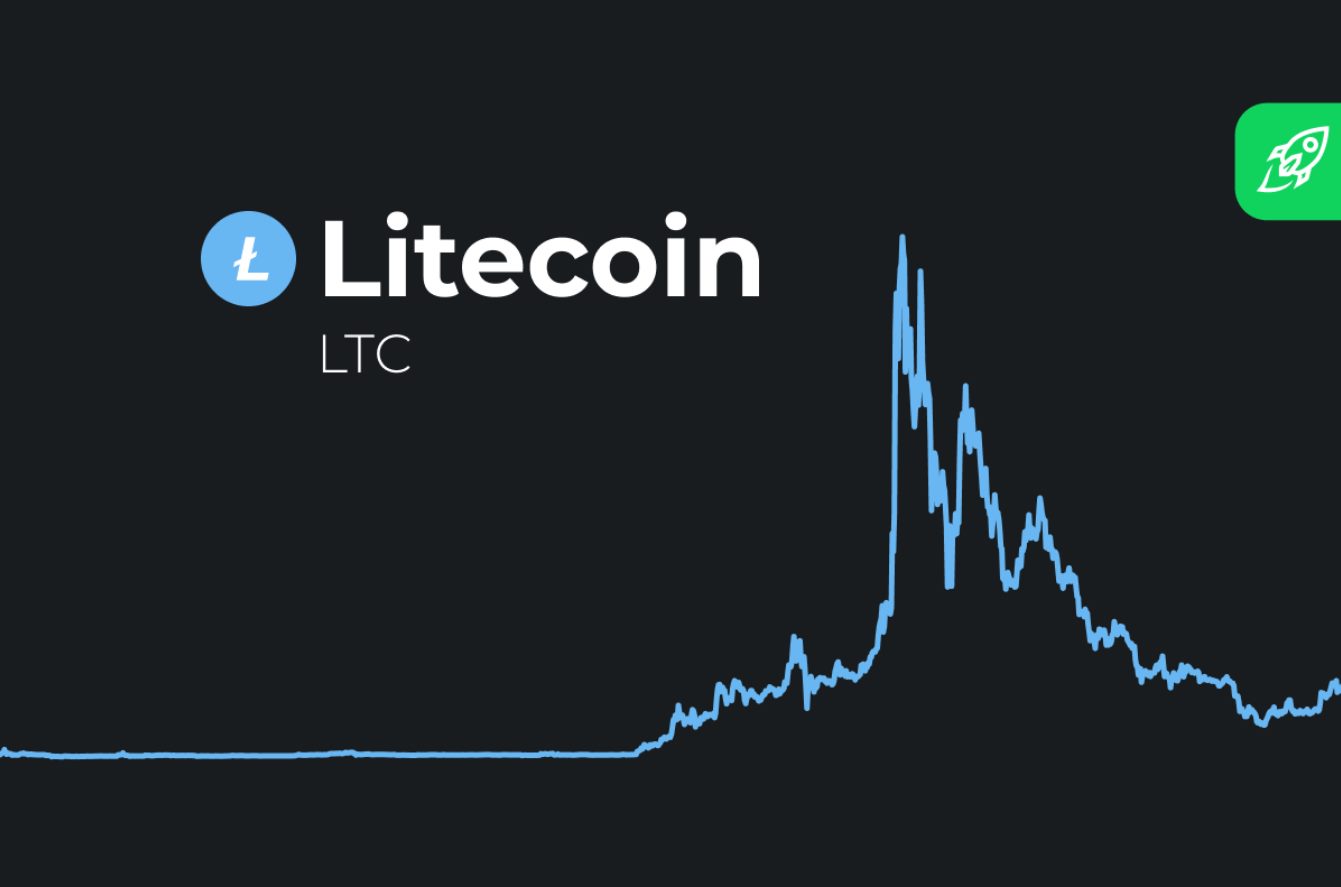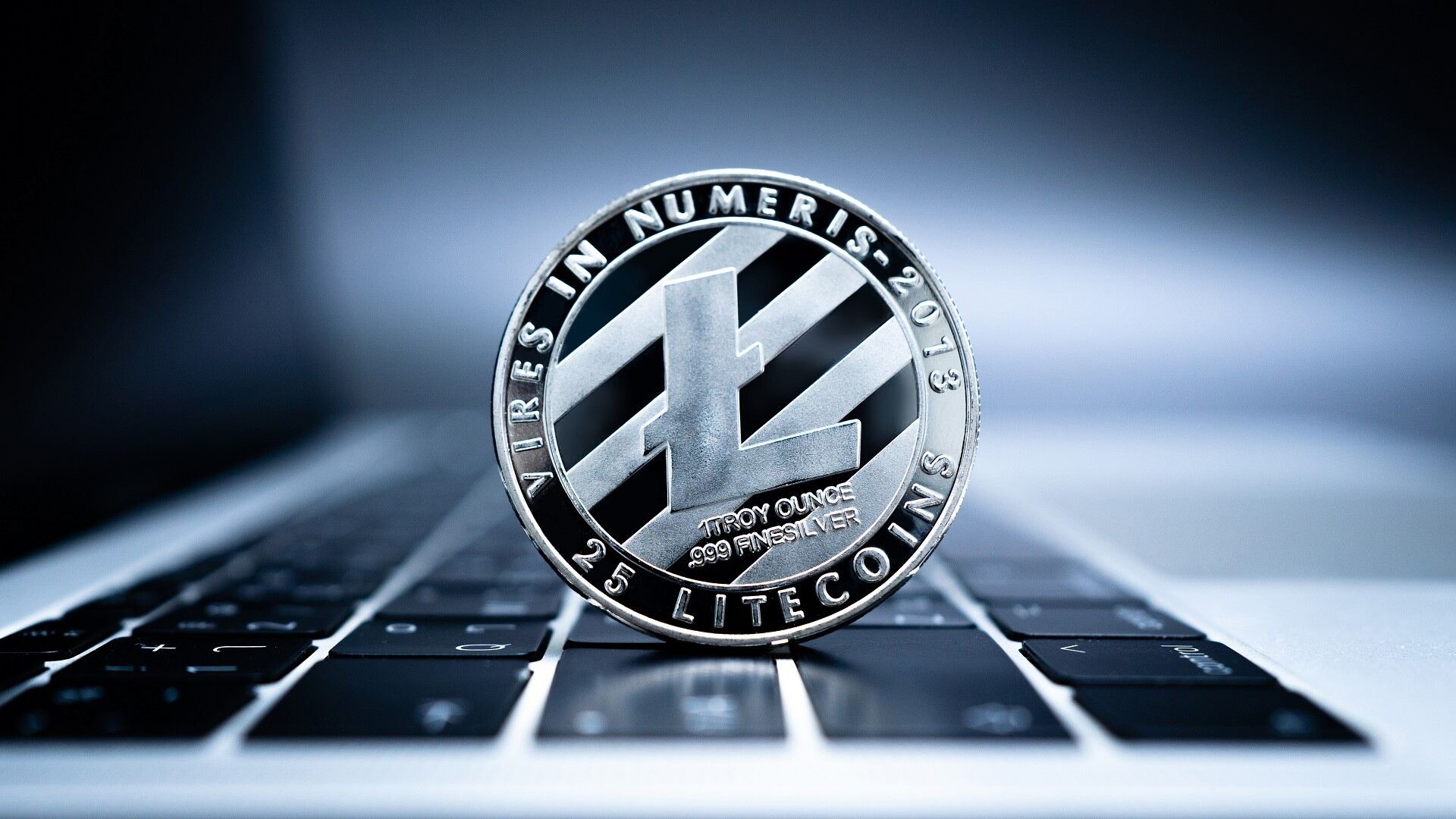Introduction
As the popularity of cryptocurrencies continues to grow, it’s important to understand the different types of addresses they utilize. Litecoin, one of the leading cryptocurrencies, employs two main types of addresses: legacy addresses and SegWit addresses. Each of these addresses has distinct characteristics and implications, making it essential for users to know how to differentiate between them.
Litecoin, often referred to as the “silver” to Bitcoin’s “gold,” was created in 2011 by Charlie Lee, a former Google engineer. Like Bitcoin, Litecoin uses a decentralized network for secure and fast transactions. Cryptocurrency addresses serve as a unique identifier for users and act as a destination for sending and receiving funds.
In this article, we will explore the two types of Litecoin addresses and discuss how you can identify whether a given address is a legacy address or a SegWit address. Understanding the differences between these address types is crucial for ensuring compatibility with various wallets and optimizing transaction fees.
Are you ready to dive into the world of Litecoin addresses? Let’s get started!
What are Litecoin addresses?
Litecoin addresses are alphanumeric strings that serve as identifiers for receiving and sending Litecoin transactions. These addresses are similar to traditional bank account numbers or email addresses – they represent a specific destination for funds.
A Litecoin address is generated by applying a cryptographic algorithm to a user’s public key. This ensures that each address is unique and cannot be easily tampered with or forged. It is important to note that Litecoin addresses do not reveal any personal information about the user. They are purely anonymous and designed to protect the privacy of the individuals involved in the transactions.
Litecoin addresses consist of 26-35 characters, starting with the letter “L” or “M.” These addresses can be generated using various wallet providers or derived from public and private keys. It is crucial to keep your Litecoin addresses secure, as anyone with access to your address can send funds to it.
Furthermore, it is worth mentioning that Litecoin addresses are not case-sensitive. This means that you can input the address in uppercase or lowercase without affecting its validity. However, it is advisable to double-check the accuracy of the address to prevent any accidental transfers to the wrong destination.
Now that we have a basic understanding of what Litecoin addresses are, let’s explore the two main types of addresses: legacy addresses and SegWit addresses.
Legacy Addresses
Legacy addresses are the original type of Litecoin addresses and are compatible with all versions of Litecoin wallets. These addresses start with the letter “L” and consist of a series of alphanumeric characters.
When Litecoin was first introduced, it used a simpler address format known as “Pay to Public Key Hash” (P2PKH). In this format, the recipient’s public key is hashed using the SHA-256 algorithm, resulting in a shorter representation that serves as the address. The hashing process adds an extra layer of security by hiding the actual public key.
Legacy addresses provide a high level of compatibility, as they are supported by older wallets and exchanges. They have been widely used since the inception of Litecoin and are still prevalent today.
However, one downside to legacy addresses is their larger size compared to SegWit addresses. This can result in higher transaction fees, especially during periods of high network congestion. Additionally, legacy addresses do not fully benefit from the advanced features of SegWit, such as increased transaction capacity and improved scalability.
Despite these limitations, legacy addresses remain a popular choice for many Litecoin users due to their widespread support and ease of use. If you are using an older wallet or dealing with platforms that only support legacy addresses, you can continue using them without any issues.
Now that we have covered legacy addresses, let’s move on to the next type: SegWit addresses.
SegWit Addresses
SegWit, short for Segregated Witness, is a protocol upgrade implemented in Litecoin to address scalability and transaction malleability issues. One of the key features introduced by SegWit is a new address format known as Pay to Witness Public Key Hash (P2WPKH).
SegWit addresses are characterized by their starting letter “M” and come with several benefits compared to legacy addresses. The most notable advantage is their reduced transaction size, as they separate the transaction signature (witness) from the transaction data. By separating the witness data, SegWit effectively increases the transaction capacity of the Litecoin network.
Another benefit of SegWit addresses is their compatibility with the Lightning Network – a layer-two scaling solution for faster and cheaper transactions. The Lightning Network uses payment channels to enable instant transactions without overloading the main Litecoin blockchain.
Furthermore, SegWit addresses offer improved security by allowing the implementation of hierarchical deterministic wallets. These wallets generate a new address for each transaction, enhancing privacy and protection against key reuse attacks.
It is important to note that not all wallets and exchanges support SegWit addresses. If you decide to use SegWit, ensure that your chosen wallet or exchange is compatible with this address type before initiating any transactions.
While SegWit addresses provide several benefits, they are not widely adopted as of yet. However, as the cryptocurrency community continues to embrace SegWit, it is expected that more wallets and exchanges will offer support for this address format.
Now that we have explored SegWit addresses, let’s move on to the next section, where we will discuss how to differentiate between legacy and SegWit addresses.
How to differentiate between Legacy and SegWit Addresses?
It is crucial to be able to differentiate between legacy and SegWit addresses in order to ensure compatibility and optimize transaction fees. Here are a few ways to identify which type of address you are dealing with:
- Address Format: The most straightforward way to distinguish between legacy and SegWit addresses is by looking at their format. Legacy addresses start with the letter “L” followed by a series of alphanumeric characters, while SegWit addresses start with the letter “M”.
- QR Code Label: Some wallets and exchanges label addresses as “Legacy” or “SegWit” to indicate their type. When receiving or sending funds, check if the address is labeled as such to identify whether it is a legacy or SegWit address.
- Wallet Documentation: Check the documentation or settings of your wallet provider to see if they mention the address type. Many wallets now provide clear indications of whether an address is legacy or SegWit to assist users in making informed decisions.
- Blockchain Explorer: Utilize a blockchain explorer, such as blockchair.com or explorer.litecoin.net, to analyze the address details. These explorers often provide information about the address type, transaction history, and other relevant details.
- Compatible Wallets and Exchanges: If you are using a specific wallet or exchange, consult their official website or support documentation to see if they explicitly mention whether they support legacy addresses, SegWit addresses, or both.
By using these methods, you can easily determine whether a given Litecoin address is a legacy or SegWit address. Remember to choose the appropriate address format based on the compatibility of your wallet or exchange to ensure a smooth and efficient Litecoin experience.
Conclusion
Understanding the differences between legacy and SegWit addresses is crucial for any Litecoin user. Legacy addresses, starting with the letter “L,” are the original type and offer compatibility with all wallets and exchanges. However, they come with larger transaction sizes and do not fully utilize the benefits of SegWit.
On the other hand, SegWit addresses, starting with the letter “M,” leverage the Segregated Witness protocol to reduce transaction sizes and increase scalability. They also provide compatibility with the Lightning Network and offer improved security features. However, not all wallets and exchanges support SegWit addresses at present.
To differentiate between legacy and SegWit addresses, you can look at the address format, check for QR code labels, consult wallet documentation, utilize blockchain explorers, and review compatible wallets and exchanges. These methods will help you identify the type of address you are dealing with and allow you to choose the appropriate format for your transactions.
As the cryptocurrency landscape evolves, it is important to stay informed about the latest developments and upgrades. By understanding and adapting to new address formats like SegWit, Litecoin users can optimize their transaction fees, enhance security, and contribute to the growth and adoption of this digital currency.
So, whether you are a beginner in the world of Litecoin or an experienced user, make sure to stay updated and leverage the benefits of both legacy and SegWit addresses based on your specific requirements and the compatibility of your chosen wallet or exchange.







